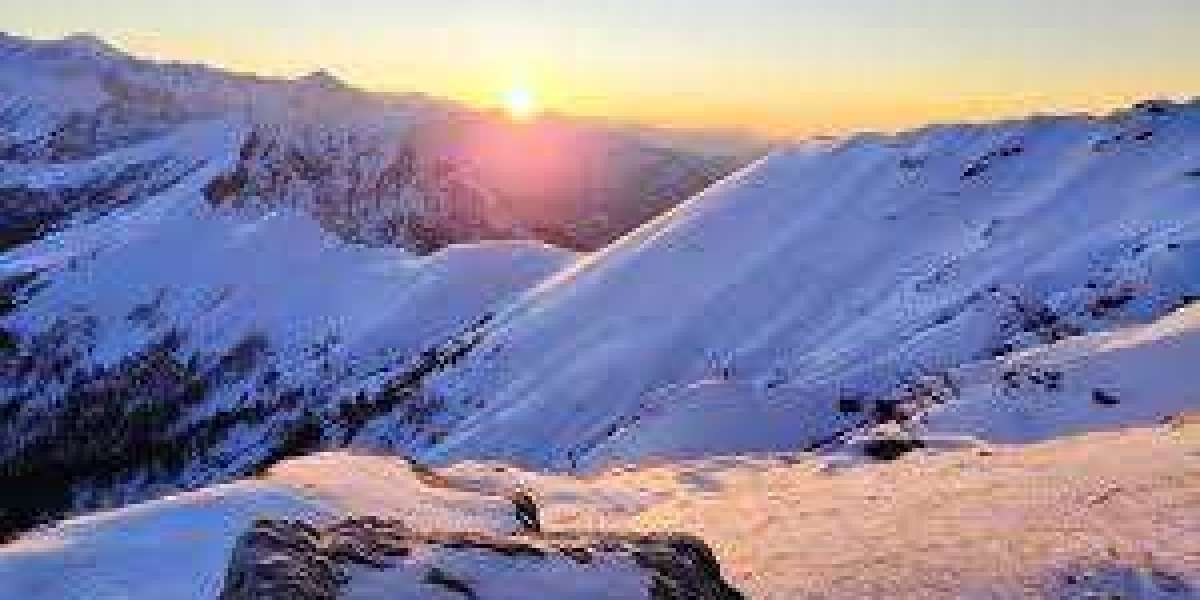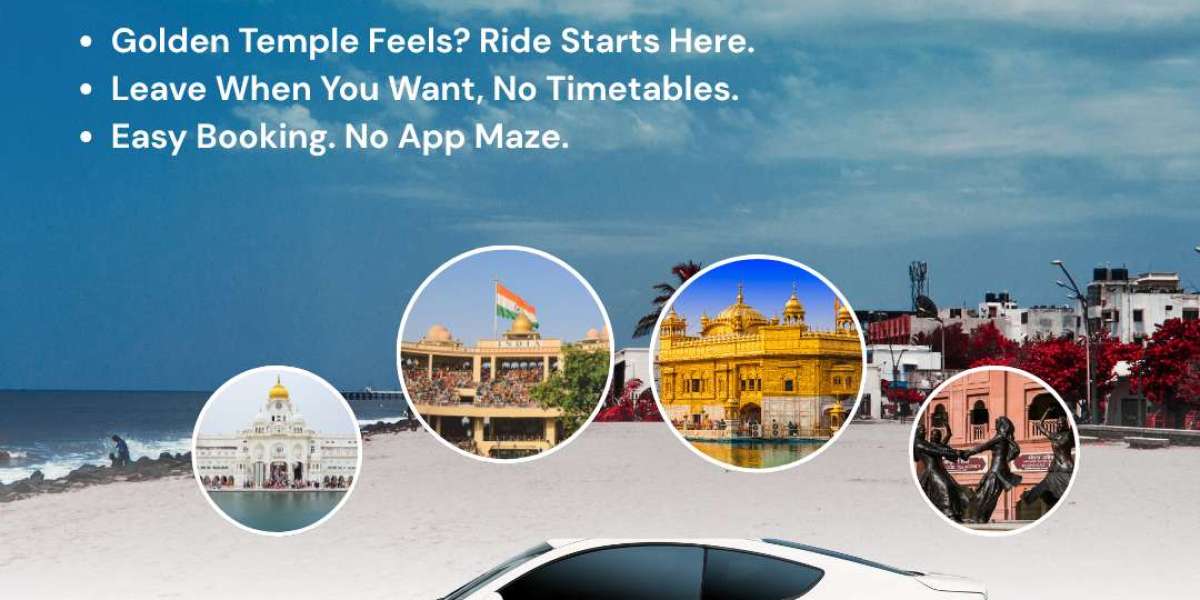If you ever feel like taking a break from a busy life, and want a deep connection with peace, adventure and nature - then the Kedarkantha trek is perfect for you. This is not just a trek; This is an experience that lives in your heart.
1. What is the Kedarkantha trek?
The Kedarkantha trek is inside the Govind Wildlife Sanctuary in Uttarakhand. It begins with a small village, called Shakni. The trek is about 20 km (total up and down), and it moves to a height of 12,500 feet. You pass through the forests of pine and oak, look at a frozen lake, called Juda Ka Talab, and finally reach the peak covered with snow.
It’s one of the best beginner-friendly Himalayan treks. If you’re a first-time trekker with average fitness, you can do this.
2. Why is the Kedarkantha Trek So Popular?
There are many treks in India, but the Kedarkantha trek is special. Here's why:
a) Perfect Winter Snow Trek
Not many treks are open in winter, but Kedarkantha is. From December to March, snow covers everything. Walking in snow, camping under stars, and that white beauty is something you won’t forget.
b) Easy Yet Rewarding
This is not very difficult, but the views from the top are like a reward. You will see snow -covered peaks like Swargorohini, Bandarpoon, and Black Peak all around.
c) Different Natural Views
You start in green forests, walk near a frozen lake, and then walk on wide snowy lands. You get all types of nature in one trek.
d) Beautiful Camping Spots
Camping at Juda Ka Talab (a frozen lake) or Kedarkantha Base Camp (a snowy meadow) is magical. You sleep under the stars in the middle of the Himalayas — it’s pure peace.
3. The best time to visit the Kedarkantha Trek
Each season shows a different aspect of this trek:
Winter (December to March) - Heavy snow and amazing views. Slightly cool, but very beautiful.
Spring (April to June) - Flowers begin to bloom. The forests have become very green.
Monsoon (soldier from July) - Risk due to rain and landslides. Avoid during this time.
Autumn (October to November) - Great for clear sky, dry paths, and beginners.
4. 6-day trek journey program (step by step)
Day 1: Dehradun to Sankri
Travel 190 km by car takes about 8-10 hours.
Sankri is a small peaceful village, and a base camp for trekking.
Day 2: Sankri to Juda Ka Talab (9,000 ft)
4 km trek through green forests.
Reach Juda Ka Talab - a frozen lake where you camp near water.
Day 3: Kedarkantha Base Camp (11,200 feet) from Juda Ka Talab
Trek 4 km again.
The base camp is in a large open snowy area. The sunset view from here is awesome.
Day 4: Summit Day – To the top and back to Hargaon
Start early (3–4 AM). Climb to the summit — 12,500 ft.
The view from the top is the best part of the whole trek.
Then come down and camp at Hargaon.
Day 5: Hargaon to Sankri
Walk back down to Sankri through forests.
Day 6: Sankri to Dehradun
Take the car back to Dehradun. Your trip ends here.
5. What to Pack for the Trek
a) Clothes
Warm inner layers (thermals)
Fleece and padded jackets
Woollen socks and gloves
Waterproof pants
Cap, muffler, and raincoat
b) Shoes
Strong trekking shoes with good grip. Snow can be slippery.
c) Accessories
Sunglasses
Sunscreen
Water bottles, ORS or hydration tablets
d) Essentials
Torch or headlamp
Tissue, wet wipes, hand sanitizer
Personal medicines
Energy bars or dry fruits for the trail
6. Local Culture and People
Sankri village has simple and kind people. They speak Garhwali, and their food is local and homemade - such as bread made from Mandua (millet), and spicy vegetables. The village lifestyle teaches you how to live with less and still be happy.
The name "Kedarkantha" also comes from a local myth. People say that Lord Shiva once meditated here. Even if you are not religious, peace makes the place feel spiritual.
7. How to Prepare Your Body
The name "Kedarkantha" also comes from a local myth. People say that Lord Shiva once meditated here.
Jogging or Walking – At least 30–40 mins daily for 1 month before trek.
Climb Stairs – Go up 4–5 floors daily to improve leg strength.
Breathing Practice – Helps you stay fit at high altitude.
8. Safety Tips for the Trek
Always go with a guide. They know the path and what to do in an emergency.
Drink drinking water. In cold weather, you do not feel thirsty but your body still needs water.
Listen to your body. If you feel a headache or dizzy, take rest immediately.
Check the weather before leaving. Snowfall can be dangerous.
9. How This Trek Changes You Emotionally
Standing at the summit of Kedarkantha Trek, with snow all around, no sound except the wind — it changes something inside you. The silence, the peace, the views — they all teach you something about life.
You come back not just tired in your legs, but fresh in your mind and heart.
10. Final Thoughts: Why You Should Do the Kedarkantha Trek Once in Life
If you want to disconnect from your phone, stress, and city life — and reconnect with nature and yourself — then Kedarkantha Trek is made for you. It has snow, forests, lakes, stars, and everything that calms the soul.
No matter your age, experience, or background — this is one of those adventures you’ll remember forever.














